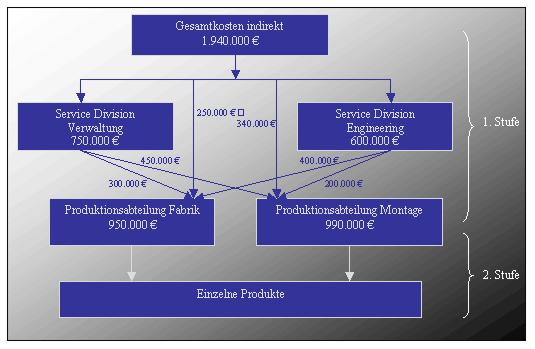
Fig. 6: The two-stage Allokationssystem of the traditional cost calculation. 89
3 Theoretical model for the analysis outsourcing of the Procurement
3.2.3 Traditional cost accounting procedure vs. ABC procedures
Before one on the ABC procedure dies more exactly is necessary the understanding of the traditional
cost calculation procedure.
The procedure of the traditional cost calculation implies the allocation of the indirect costs to
the products in two different steps: In the first step the indirect costs of the individual production departments are identified,
while in second the indirect costs of the different production departments cumulated are assigned to the individual products
after in advance certain accounting rules. 88
Illustration 6 is considered as example.


|
Top| Home| << Back | Next >>
/en/home.php" TARGET="_blank">>> Home Page << |